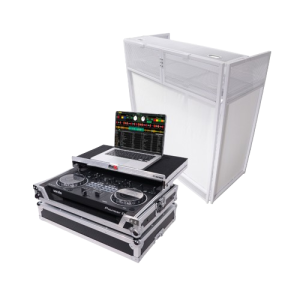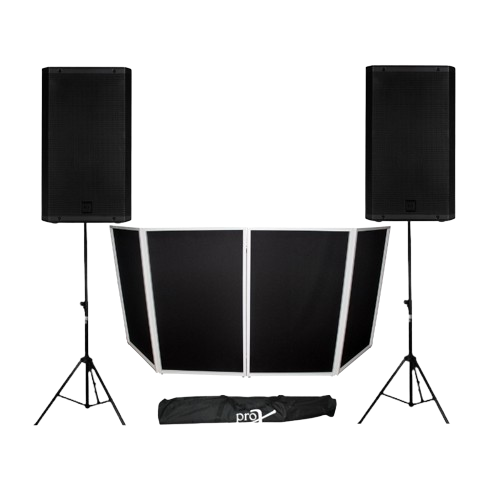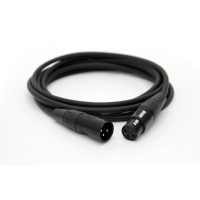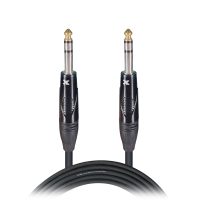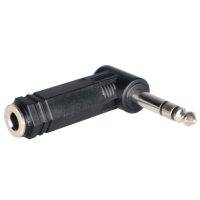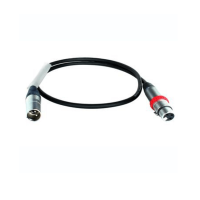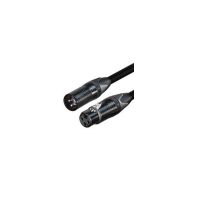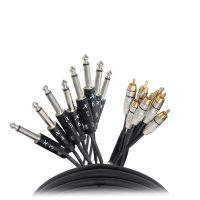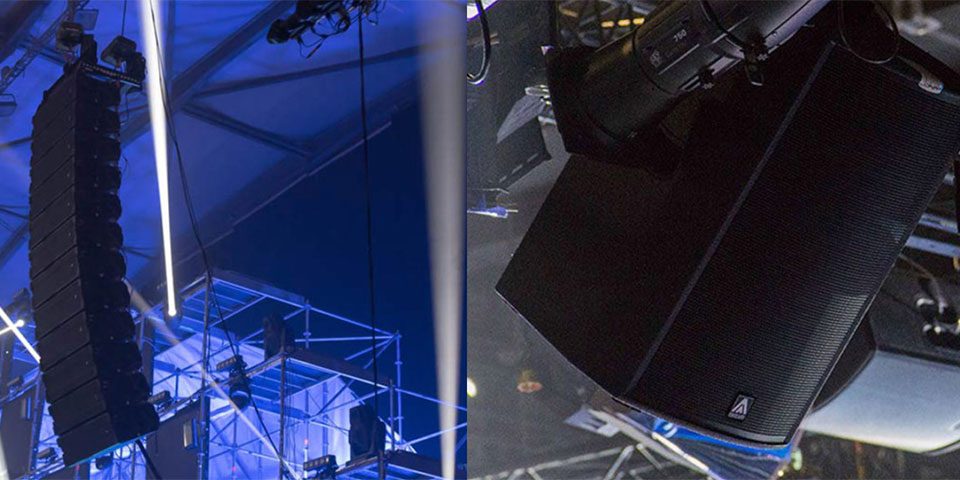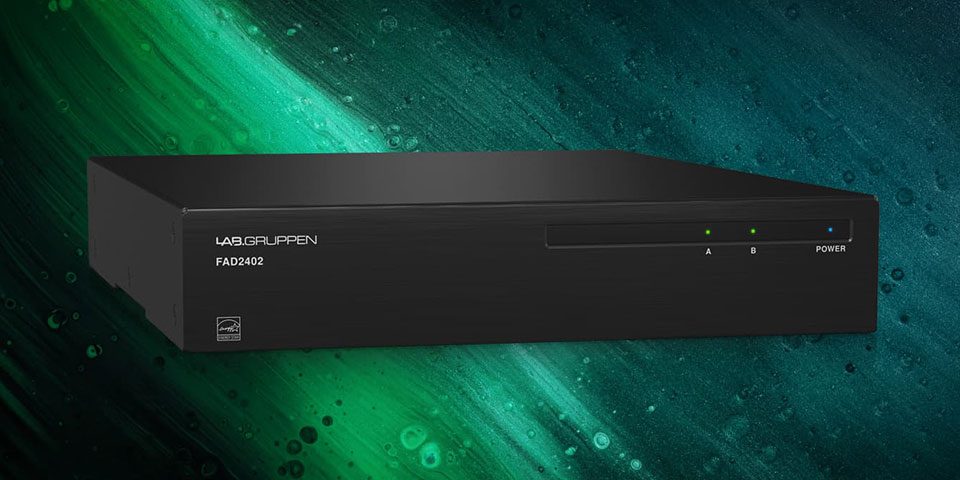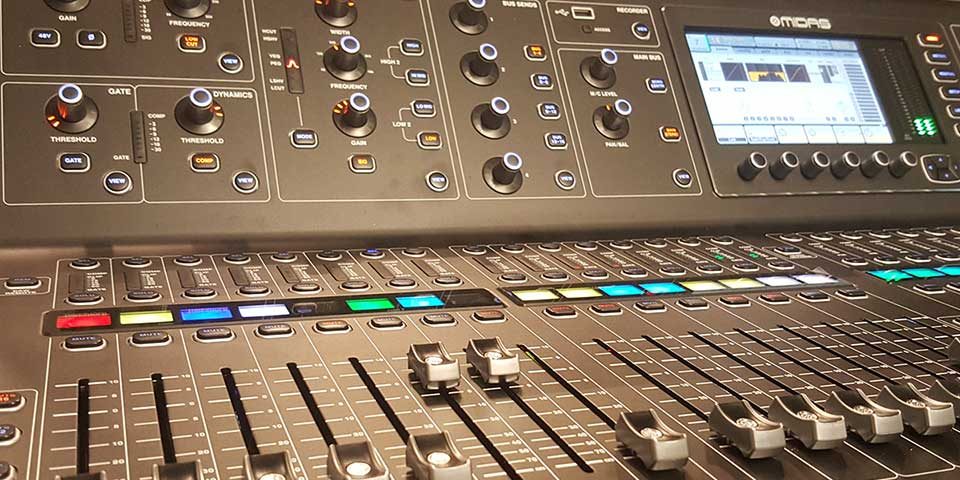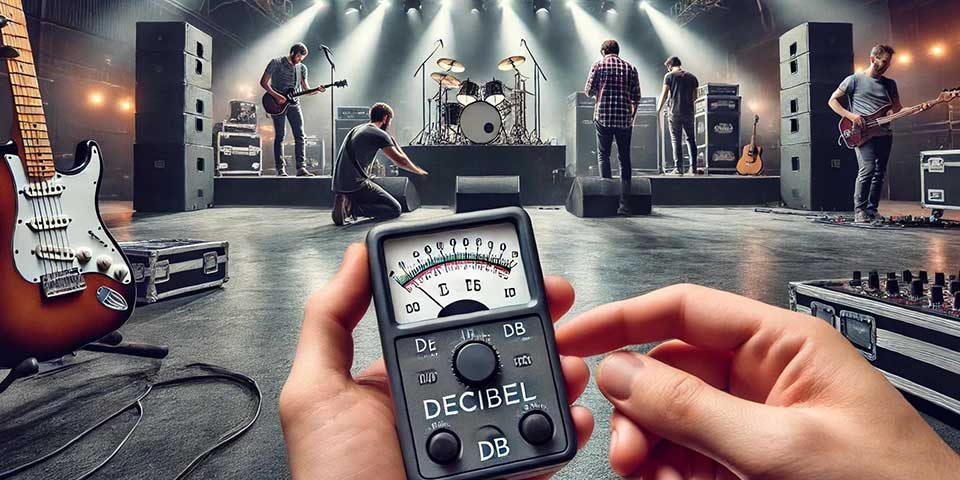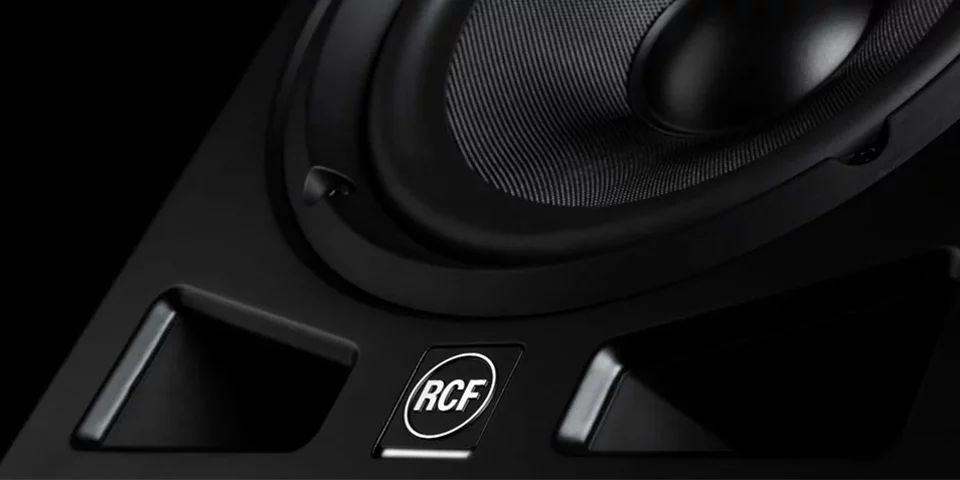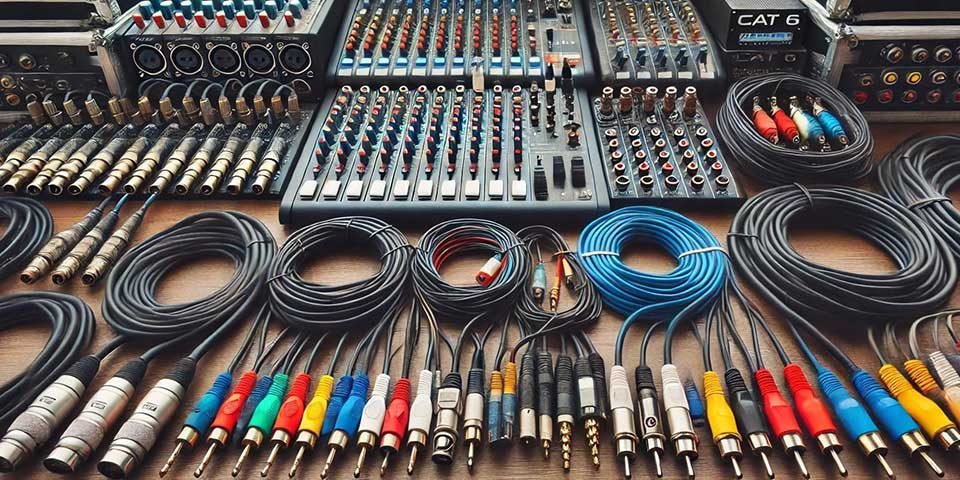
Basic DJ Lighting Setup, Adjusting Your DJ Setup for Different Venues & Mixed In Key

Why a Video Wall in a Sports Bar is What Sports Fans Need

Basic DJ Lighting Setup, Adjusting Your DJ Setup for Different Venues & Mixed In Key

Why a Video Wall in a Sports Bar is What Sports Fans Need
Balanced vs Unbalanced Audio - Cable Management Tips You Need to Know
Introduction
Achieving optimal sound quality in any audio setup requires understanding the types of audio connections available. This guide dives into balanced vs. unbalanced audio, their applications, and essential cable management tips. For professionals and enthusiasts alike, knowing when to use balanced vs unbalanced audio cables can significantly enhance your audio experience.
What is Balanced Audio?
Balanced audio is a method of signal transmission that reduces noise and interference by using three conductors: positive, negative, and ground. The positive and negative wires carry identical signals but with opposite polarity (differential signal transmission). This design helps cancel out any noise picked up along the cable.
In technical terms, balanced cables utilize a differential signal, where the audio signal is transmitted as the voltage difference between the positive and negative wires. This setup effectively rejects common-mode noise, which is noise that appears identically on both wires. Common connectors for balanced audio include XLR and TRS connectors. XLR connectors have three pins (one for each conductor), and TRS (Tip-Ring-Sleeve) connectors look like standard 1/4 inch jacks but have an additional ring to carry the second signal.
What is Balanced Audio?
Unbalanced audio uses two conductors: signal and ground. The signal wire carries the audio, while the ground wire serves as a return path. This simpler design is more prone to picking up noise and interference.
In unbalanced cables, the signal and ground wires are susceptible to electromagnetic interference (EMI) and ground loops. The signal wire carries the audio, and any noise picked up along the way is directly added to the audio signal. Common connectors for unbalanced audio are RCA and TS (Tip-Sleeve). RCA connectors are often found in consumer electronics, while TS connectors are used in some musical instruments and shorter cable runs.

Balanced Vs Unbalanced Cables: When Do You Need Which?
The choice between balanced and unbalanced audio largely depends on the application and environment.
Balanced audio is essential for professional settings such as recording studios, live sound setups, and broadcast environments where long cable runs and high noise environments are common. For example, in a studio, using balanced XLR cables for microphones ensures the captured audio remains clear despite potential interference from lighting and other electronic equipment.
Conversely, unbalanced audio is suitable for home audio systems and shorter cable runs where the risk of interference is minimal. For instance, connecting a turntable to a home stereo system using RCA cables is typically sufficient and cost-effective.
How to Reduce Noise in Unbalanced Cables?
Even though unbalanced cables are more prone to noise, several techniques can help minimize interference.
Using cables with good shielding and ensuring proper grounding of all audio equipment can block some of the EMI, reducing noise in the signal. Proper cable management, such as keeping unbalanced cables short and avoiding running them parallel to power cables, can further minimize electromagnetic interference. If cables must cross power cables, doing so at a 90-degree angle can also help reduce interference.
Balanced Cables Types
Different balanced cables serve various professional needs:
XLR cables are widely used in professional audio for microphones and interconnecting equipment. They can transmit signals up to 200 feet without significant loss of quality. The three-pin design (positive, negative, ground) ensures robust and reliable connections.
TRS cables are used for both balanced mono and unbalanced stereo signals. The Tip-Ring-Sleeve design provides the necessary connections for balanced audio transmission while also being compatible with some stereo applications.
Unbalanced Cables Types
Unbalanced cables are common in consumer electronics:
RCA cables are used extensively in home audio and video systems. They are color-coded for ease of use (red and white for audio, yellow for video) but can suffer from noise over long distances.
TS cables are common in musical instruments and shorter runs in consumer audio. The simple Tip-Sleeve design makes them easy to use but more prone to interference.
Cable Management Tips for Pro Audio Setups
Proper cable management is crucial in maintaining a clean and interference-free audio environment. Use cable ties and cable management solutions to keep cables organized and prevent tangling, which also helps in quickly identifying and troubleshooting issues. Avoid using excessively long cables as the longer the cable, the more potential for noise and signal degradation. Measure the distance required and choose the appropriate length. Labeling cables for easy identification and performing regular maintenance checks to ensure they remain in good condition can prevent noise and audio quality degradation.
Benefits of Using Balanced Vs Unbalanced Cables in Professional Settings
Balanced cables offer significant advantages in professional audio environments. They inherently cancel out noise, making them ideal for environments with high electromagnetic interference (EMI) such as studios and live sound setups. Balanced cables also maintain signal quality over long distances, which is crucial for large venues and complex audio setups. For instance, using balanced cables in a live concert ensures that the audio remains clear from the mixer to the speakers, even across hundreds of feet.
Improving Home Audio Systems with Proper Cables
Home audio enthusiasts can also benefit from using high-quality cables. While balanced cables might be overkill for some home setups, using well-shielded unbalanced cables can still significantly improve audio quality. This is especially true for high-fidelity systems where every detail matters. Keeping cables organized and avoiding interference from power cables can enhance overall performance and reduce unwanted noise.
Essential Gear for DJs and Live Performers
For DJs and live performers, reliable audio gear is critical. Using balanced cables ensures that audio signals remain clear and free from interference, which is essential for live performances where consistency and reliability are paramount. Investing in robust cables and connectors that can withstand the rigors of live performances is crucial. Look for XLR and TRS cables with sturdy construction and good shielding.
conclusion
Choosing the right audio cables and maintaining proper cable management are essential steps in achieving the best audio quality. Whether in a professional studio, a home audio setup, or a live performance, understanding the differences between balanced vs unbalanced audio and how to effectively use them can make a significant impact.
Explore the range of audio cables and accessories available at GTR Direct to find the perfect solutions for your audio needs. Whether you need high-quality balanced cables for professional use or reliable unbalanced cables for home audio, GTR Direct has you covered.

